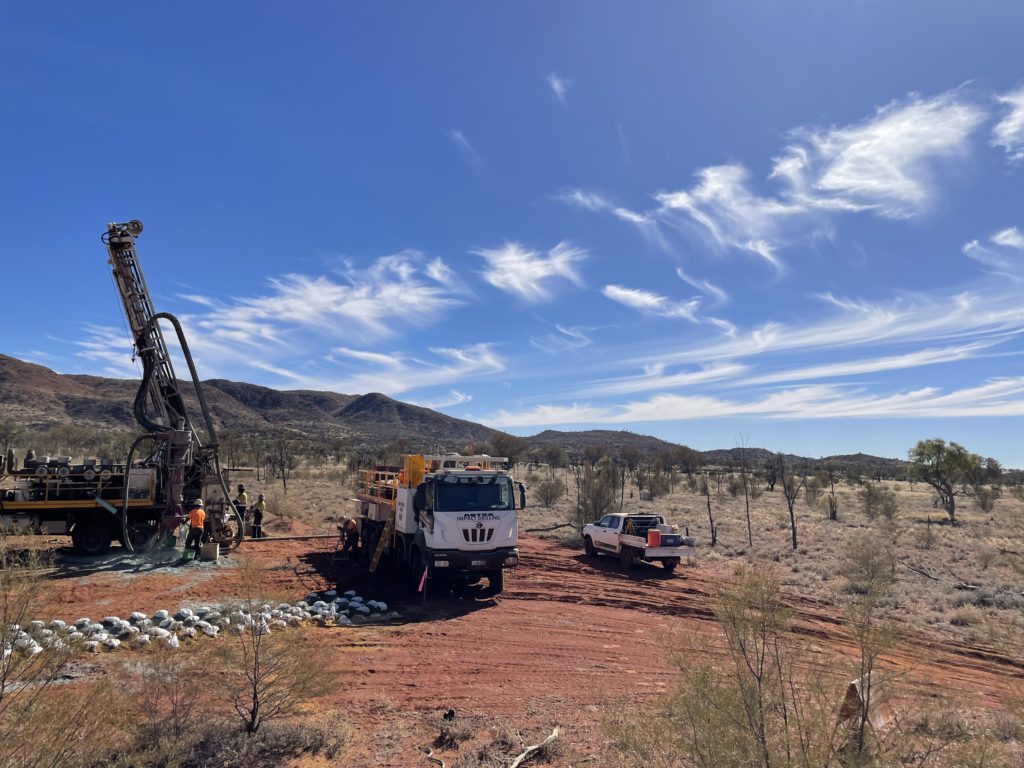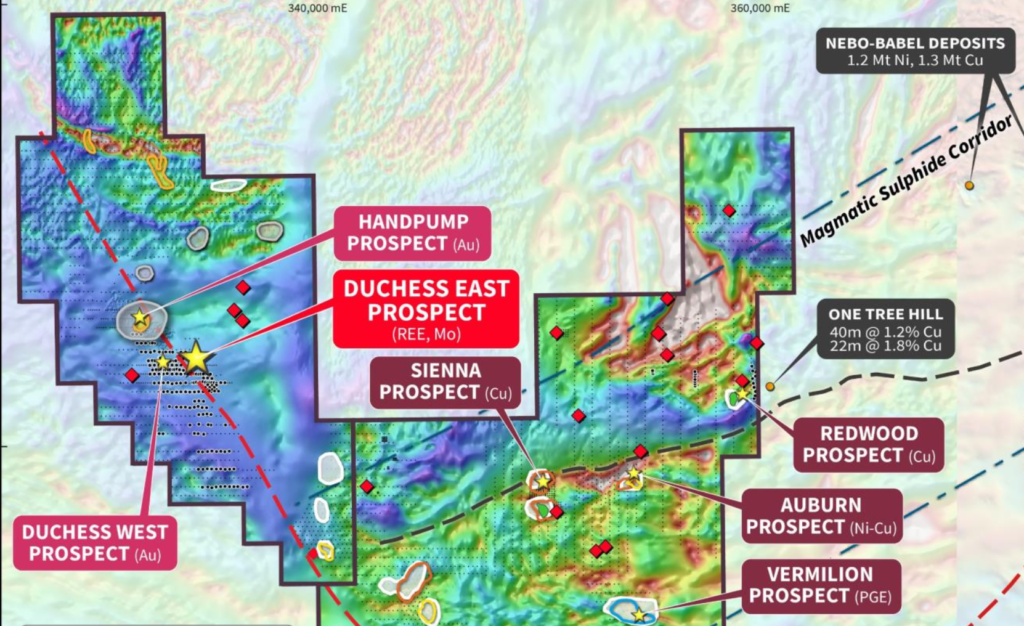
When Australian copper miner OZ Minerals bought base metals explorer Cassini Resources in 2020 in a A$68.4 million ($46.8m) deal, a new company was spun out, Caspin Resources (ASX: CPN), to house Cassini’s gold and nickel-copper-cobalt assets.
While Oz Minerals was acquired by BHP in a $6.4 billion deal this year Caspin kicked off exploration at its 100% owned Mount Squires project in Western Australia’s West Musgrave region, where it is the most active company behind BHP.
There are currently only two producing rare earths mines in Australia, one in North America, and China has a near total monopoly on rare earths, used in magnets for electric vehicles, smartphones and wind turbines.
Based in Perth and headed by managing director Greg Miles, who was executive director of Cassini and led its technical team until its acquisition by OZ Minerals, Caspin has made what it called a groundbreaking rare earths discovery in the region, which has never had systematic rare earth exploration.
The company also holds an 80% interest in the Yarawindah Brook nickel-copper-platinum-group element project 100km northeast of Perth, in the emerging PGE-nickel-copper sulphide West Yilgarn province.
Caspin last month reported its highest grade REE mineralization intersected to date at the Duchess prospect at Mount Squires. Rare earths mineralization extended with results of 2.03% total rare earth oxides (TREO) comprising 2,712 ppm Nd2O3, 728 ppm Pr6O11, 432 ppm Dy2O3 and 72 ppm Tb4O7 within 17 metres at 0.41% TREO, with consistent high proportion of heavy REE averaging over 30% of TREO.
“It was an accidental discovery, we were drilling what we thought might have been molybdenum anomaly amongst some other base metals, and gold and silver,” Miles told MINING.com.
“Kind of unusual sort of anomaly, and about a five kilometre of diameter. We did some reconnaissance air core drilling across that and re-analyzed those samples for rare earths — and bingo, it was quite interesting sort of mineralization — different kind of style to what we have in Australia.”
“We don’t have anything on heavy rare earths in Australia,” Miles noted. “We have very little on rare earths in Australia at all and Australia is very, very big.”
Miles said the discovery is a rhyolite hosted style mineralization, or volcanic hosted hydrothermal style, similar to some intrusive styles in Canada, or cyanide hosted type deposits in Texas.
“The important aspect of this mineralization is that it’s got a really good dose of the heavy rare earths as well,” he said. “And I think that’s where the game is — that dysprosium and terbium is great — but the heavies are really where the value is.”

The company’s focus now is to demonstrate that it can produce a concentrate that is economically viable, noting that concentrates can shipped long distances as the weight would be a small fraction of unprocessed ore.
Miles said the Caspin will continue exploration drilling in West Musgrave, which he refers to as Australia’s ‘final frontier’ for mineral exploration — and in the same vicinity as BHP’s Nebo and Babel nickel-copper deposits.
“An important aspect of these results is that it highlights the potential for rare earth mineralization throughout the project. We are barely past the start line on assessing this opportunity,” he said.